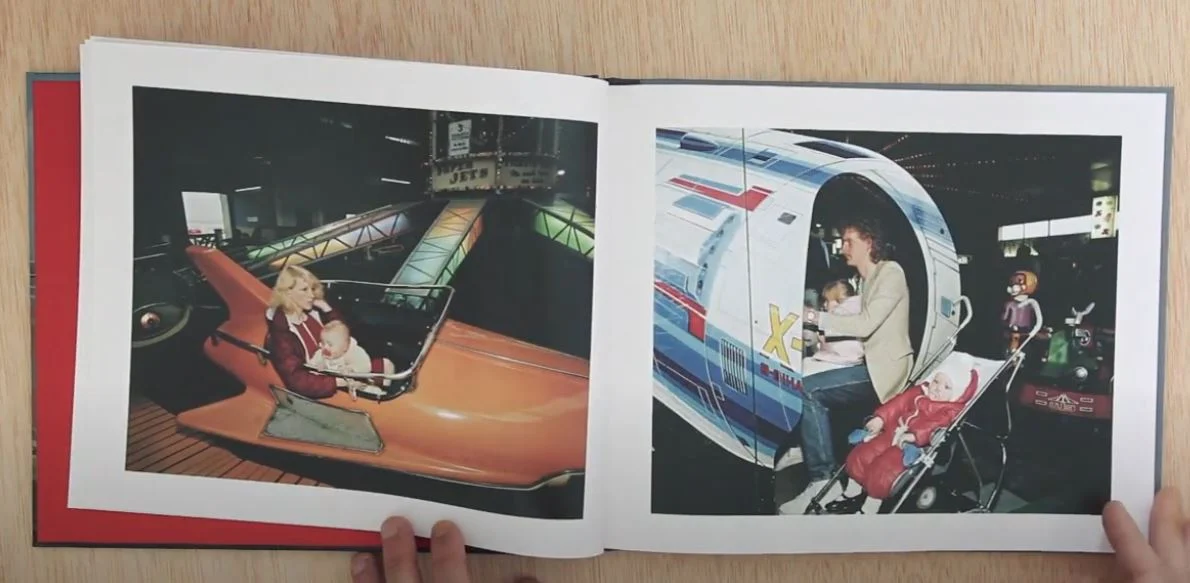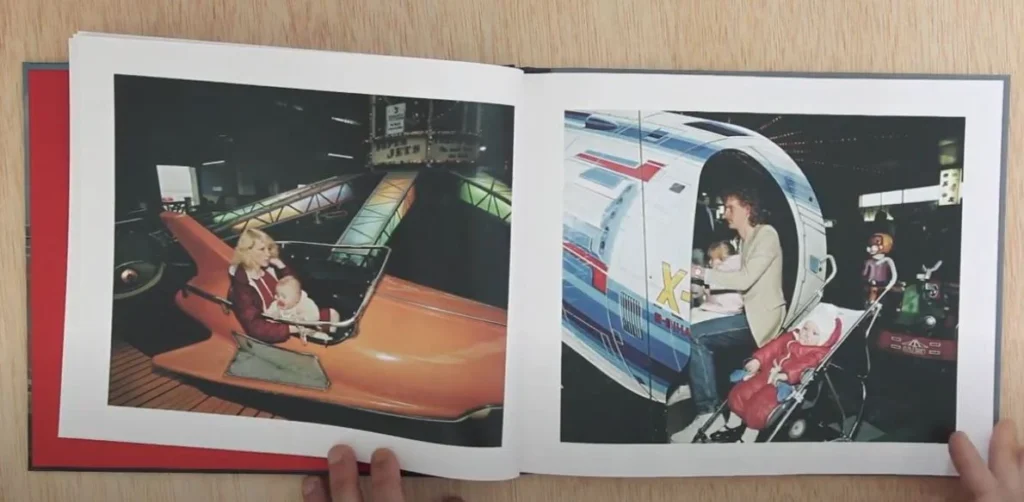Physical Address
304 North Cardinal St.
Dorchester Center, MA 02124
Physical Address
304 North Cardinal St.
Dorchester Center, MA 02124


Martin Parr’s “The Last Resort” is one of the best collections of British photography that captures the intricacy of working-class life. This now-iconic photo series, which was taken in the fading seaside town of New Brighton in the early 1980s, is a candid window into the grit, tenacity, and vibrant chaos of northern life during Thatcher’s Britain.
The series initially caused a great deal of controversy. Audiences were sharply divided by images of sunburned tourists sprawled across cracked concrete, families enjoying fish and chips next to overflowing litter bins, and crumbling infrastructure. However, beneath the clutter on the surface was something remarkably human—a natural beauty that encapsulated the spirit of a time.
“The Last Resort” was exceptionally successful because of its unreserved use of color. Parr’s switch to Kodachrome was a visual protest during a period when monochrome photography was considered to have a certain solemn prestige. He discovered emotional textures that black-and-white could only allude to by capturing vivid hues.
Parr captured more than just a coastal town by highlighting the unvarnished nature of daily life; he captured a changing national identity. Older couples enduring the sea breeze, mothers guiding agitated toddlers past broken strollers, and kids slurping ice cream on discolored concrete—all of these scenes became classic representations of working-class tenacity.

Parr has returned to New Brighton in recent years, observing that the town has significantly improved. The spirit is still defiantly intact, the cafes are bustling, and the bins are cleaner. However, the past still hurts some residents. Parr’s lens was criticized for being condescending or cynical, raising doubts about its objectivity. However, it prompted a long-overdue discussion for many.
“This book is both beautiful and brutal. Parr’s eye doesn’t flinch—every frame feels like it carries the scent of salt and vinegar.” – Sandra J., Photographer
“A stunning portrayal of a forgotten Britain. It’s like a time machine with a heartbeat.” – Liam M., History Lecturer
“Parr paints New Brighton in all its faded glory. A must-have for lovers of social realism.” – Claire B., Visual Arts Blogger
“Sometimes uncomfortable, always authentic. The Last Resort reminds us that the truth isn’t always polished.” – Jordan T., Art Critic
“I bought this on a whim, and it changed how I see the British seaside forever.” – Amir R., Book Collector
“The Last Resort” unquestionably sparked conversation, which is a sign of meaningful art, regardless of whether it was perceived as exploitative or evocative. Parr documented more than decay with a particularly creative use of photographic storytelling. He revealed the eternal hope concealed in every sunbeam and sea breeze.
“The Last Resort” effectively reflects Martin Parr‘s frequent description of photography as a therapeutic medium. The collection speaks to our shared journey—where we were, what we overcame, and who we are now—much like a family album we are reluctant to share but cannot ignore.
Parr’s work serves as a reminder that beauty frequently lies in the underappreciated as Britain continues to negotiate new political, social, and economic obstacles. “The Last Resort” is a record of survival, transformation, and raw humanity rather than just a collection of photographs.